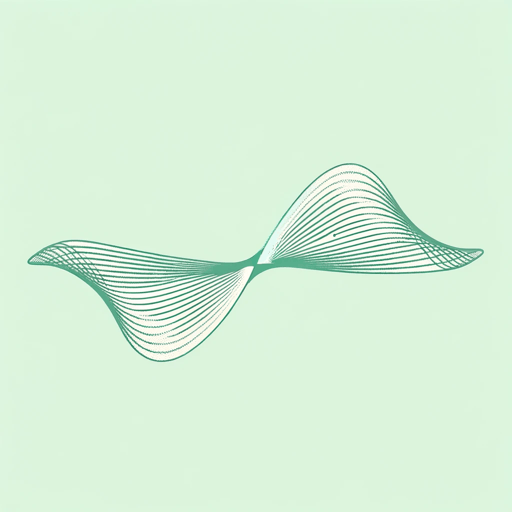69 pages • 2 hours read
Brian GreeneThe Elegant Universe: Superstrings, Hidden Dimensions, and the Quest for the Ultimate Theory
Nonfiction | Book | Adult | Published in 1999A modern alternative to SparkNotes and CliffsNotes, SuperSummary offers high-quality Study Guides with detailed chapter summaries and analysis of major themes, characters, and more.
Part 3, Chapters 6-9Chapter Summaries & Analyses
Part 3: “The Cosmic Symphony”
Part 3, Chapter 6 Summary: “Nothing But Music: The Essentials of Superstring Theory”
Chapter 6 begins with music. According to Greene, “Music has long since provided the metaphors of choice for those puzzling over questions of cosmic concern” (135). In string theory, these metaphors become more literal because it argues that the universe is made of vibrating strings. Whereas the standard model of physics envisions the constituent particles of the universe as “pointlike ingredients with no internal structure” (135), string theory proposes that these ingredients are not particles but rather “one-dimensional filaments somewhat like infinitely thin rubber bands” (136) that vibrate. These strings are so small (about the size of the Planck length) that they appear pointlike when viewed via current technology.
Physicist Gabriele Veneziano first proposed string theory in 1968 when he found that certain purely abstract mathematical formulas by mathematician Leonhard Euler inexplicably worked for a series of strange observations in experimentation. Other scientists showed that if they shifted their thinking from pointlike particles to tiny vibrating strings, this math worked perfectly. In fact, this new math matched the hypothesized but unproven existence of the graviton. However, a series of failures led to dismissing string theory until the publication of a landmark paper in 1984 by physicists John Schwarz and Michael Green.

